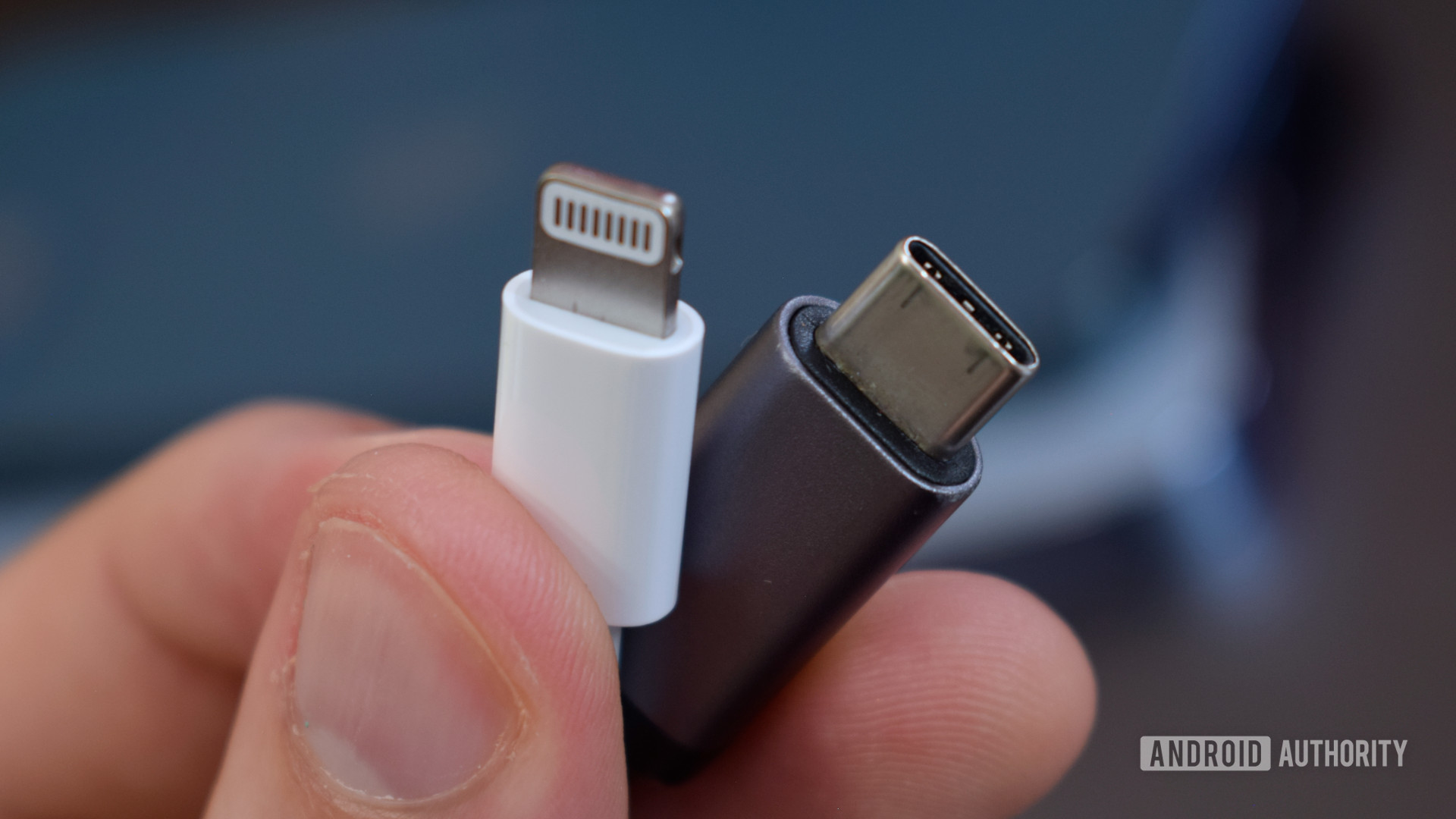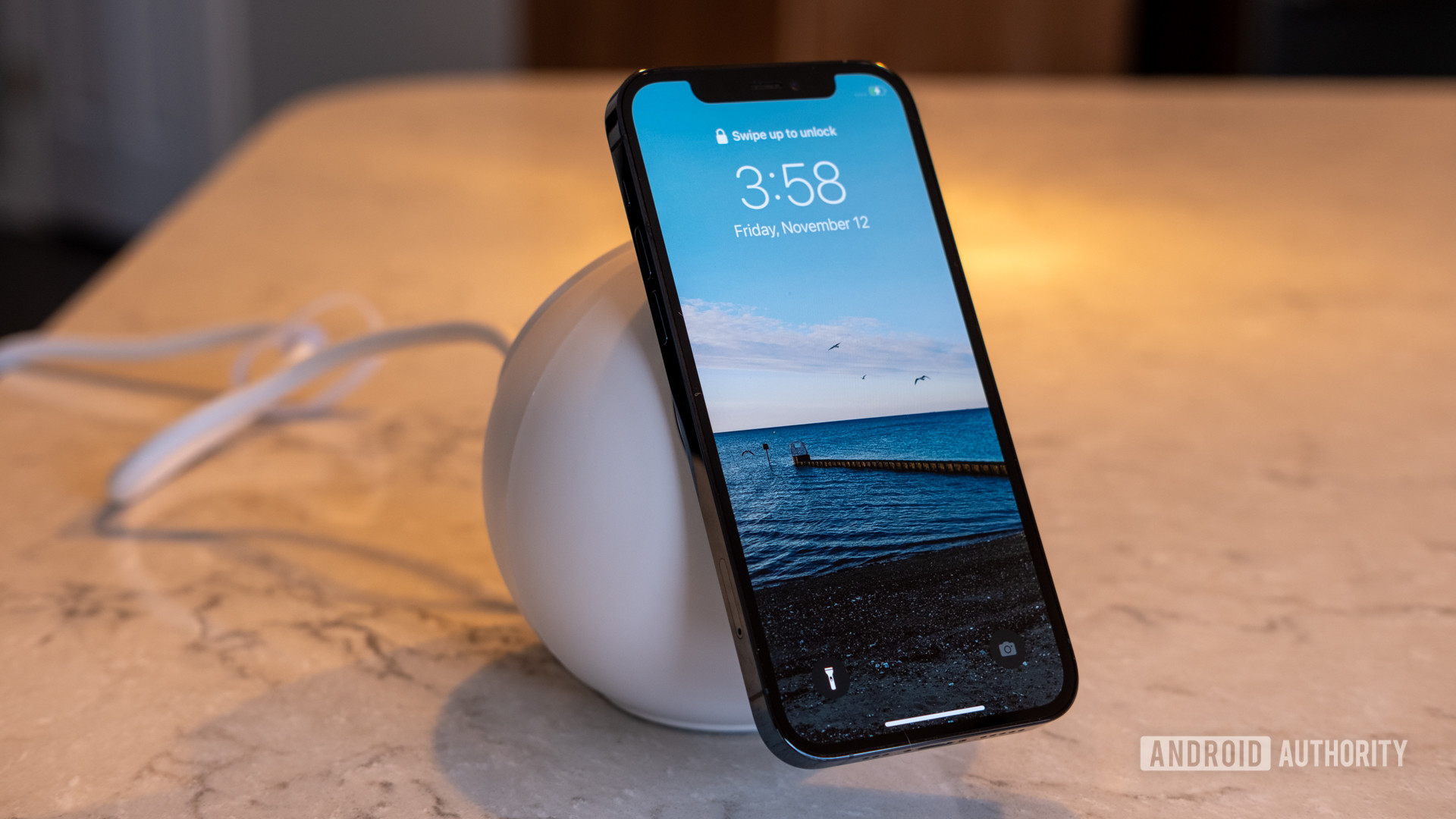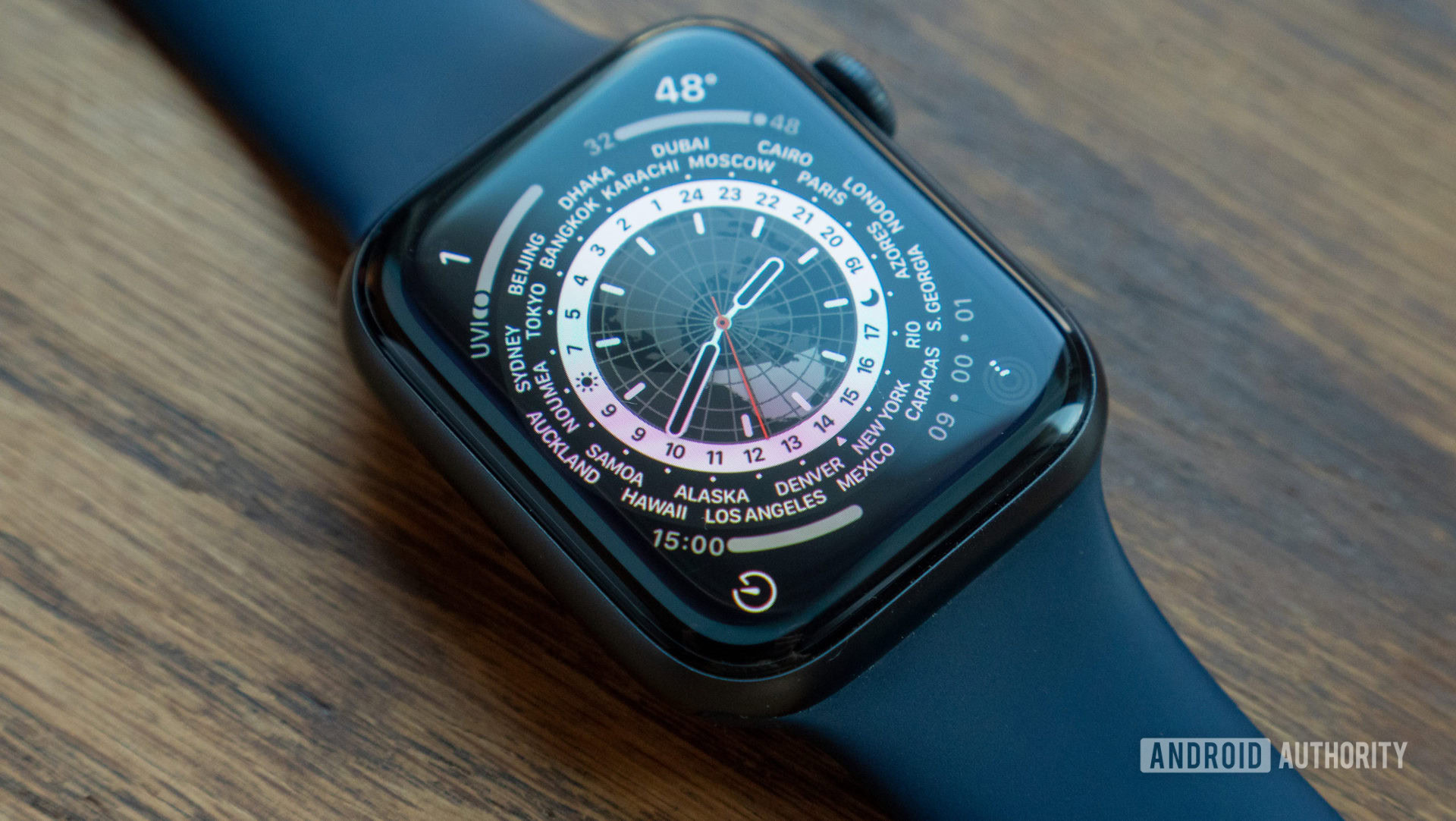5 things we want to see from Apple in 2022
Dhruv Bhutani / Android Authority
2021 was a pivotal year for Apple. It saw the company backtracking on several strategic decisions of the years past while taking a big leap towards giving consumers exactly what they’ve been asking for. Be it with top-tier smartphones that refined a winning formula, or the next generation of laptops that have set the standard for performance and battery life, or even accessories like AirTags that show the power of vertical integration.
Additionally, Apple doubled down on privacy by drastically limiting the amount of data that can be captured by apps without explicit permission. It also allowed some apps to advertise alternate subscription options to bypass Apple’s 30% cut. All in all, it was a pretty good year for Apple fans. However, there’s still a lot more that needs to be done to make Apple products and ecosystem reach their true potential. Here are five things that we want to see from Apple in 2022.
1. Bring back Touch ID

Dhruv Bhutani / Android Authority
As great as Face ID is, the never-ending pandemic and face mask mandates have shown that phones aren’t quite ready to go primetime with face unlock. On its part, Apple tried to tune Face ID’s software algorithms to better account for face coverings, but in my personal experience, it has never worked. It has also reaffirmed the need for an alternative biometric authentication system on the iPhone.
Related: How fingerprint scanners work
In-display fingerprint scanners have been prevalent in Android smartphones for more than a few years at this point. Moreover, the latest crop of scanners are finally reliable enough to pass Apple’s stringent benchmarks for adopting new technology. There have been rumors over the years pointing to a potential in-display fingerprint scanner-equipped iPhone, but two years into the pandemic, we are yet to see such a device from the company.
Truth be told, I’ll just as happily take a fingerprint scanner built into the power button like in the new iPad Air. Touch ID is a tried and testing piece of technology that is already available in shipping hardware, making it that much easier for Apple to bring it back to phones.
2. USB-C Support

Robert Triggs / Android Authority
Just like our 2021 Apple wishlist, USB-C support is up there amongst the top things we want to see from Apple in the coming year. Apple’s continued adoption of USB-C across its tablet and laptop portfolio has left the iPhone and entry-level iPads as the sole holdouts from the ubiquitous standard.
In 2022, it looks like Apple might finally make the switchover, but not of its own volition. Earlier this year, the European Union proposed mandatory USB-C support guidelines to create a unified charging port. The move is designed to cut down on electronic waste and would force all manufacturers to adopt a common standard for their wired charging solutions.
The proposal still needs to pass a vote in the European Parliament. It does, however, enjoy broad support, making it a given that the proposal will pass and Apple will have to comply. Unless, of course, the iPhone ditches a wired connector altogether and goes fully wireless. However, for that to be a successful move, the iPhone needs one more thing.
3. Faster charging

Ryan Haines / Android Authority
In 2021, the iPhone 13-series gained slightly faster charging speeds. The iPhone 13 Pro supports 23W charging and the 13 Pro Max goes all the way to 27W. However, heading into 2022, charging times of over an hour and a half are still too slow and take away from the high-end, innovative experience that Apple is aiming for.
Read more: 120W charging tested: How hot does your phone get?
This is particularly noticeable when placed against the Android competition and the blistering fast 120W charging speeds expected to debut in 2022. It’s not just faster wired charging that Apple needs to innovate on. Magsafe, Apple’s current wireless charging solution, tops off at 15W, which can take over two hours to charge a phone. If Apple wants any chance of success with a fully wireless iPhone, it will need its own solution to combat the 50W or even 80W wireless charging solutions offered by Android alternatives.
4. A more accessible Apple watch

Jimmy Westenberg / Android Authority
However, the Apple Watch’s tether to the iPhone is a deterrent towards making it the smartwatch of choice. Allowing Android users to pair an Apple Watch with their smartphone would be a win-win situation for the company, since it serves as the perfect tease for the iOS ecosystem. What’s even more grating is the fact that Apple will not let you set up the watch with an iPad or macOS device either.
As someone who prefers to have his hands and feet in all ecosystems, I prefer an Android phone as my primary computing device, with a Mac and an iPad as my secondary. The lack of support for any other device alienates millions of potential buyers who’d consider getting themselves an Apple Watch even if it didn’t work quite as well as with an iPhone.
Hey Apple, a smartwatch just isn’t a big-enough reason to switch platform allegiances and it might be in your best interest to meet potential customers at a middle ground.
5. Broader smart home portfolio

A connected home is no longer the domain of technically inclined users. With the sheer variety of smart home products on offer, a voice assistant like a smart speaker or, better still, a smart display is usually the best choice for controlling them. I often find myself tapping my Nest Hub or Echo Show to control the dozens of lights and other connected peripherals I use in my apartment.
Apple, on the other hand, seems to be heading in the opposite direction. Not only has the company dropped the original Homepod from its lineup, but Apple’s sole smart home device is the diminutive Homepod Mini. The tiny speaker isn’t a bad device at all, but it isn’t nearly powerful enough to serve as the center of your connected home.
Despite Apple’s push for making sure that all smart home devices can work locally over Homekit, as well as support the upcoming Matter protocol, the company is yet to introduce a compelling range of smart home products. I’m talking beautifully designed smart displays that meld form with function or even a return to larger speakers like the original Homepod.
All this to say that Apple will need a serious shakeup in its smart home strategy if it wants to be taken as a serious competitor against Google or Amazon’s broad portfolio of products.
You tell us: What do you want to see from Apple in 2022?
What do you want to see from Apple in 2022?
20 votes
A significant portion of our 2022 Apple wishlist are features that we’ve been wanting to see for a while from Apple. Heading into 2022, they’re all the more important from an accessibility, sustainability and inter-connectivity point of view and we expect to see the company coaxed into adopting at least a few of the features. What do you think are the features that Apple needs to focus on in 2022? Is there anything else you’d rather see the company working on? Let us know in the comments sections.
For all the latest Technology News Click Here
For the latest news and updates, follow us on Google News.
